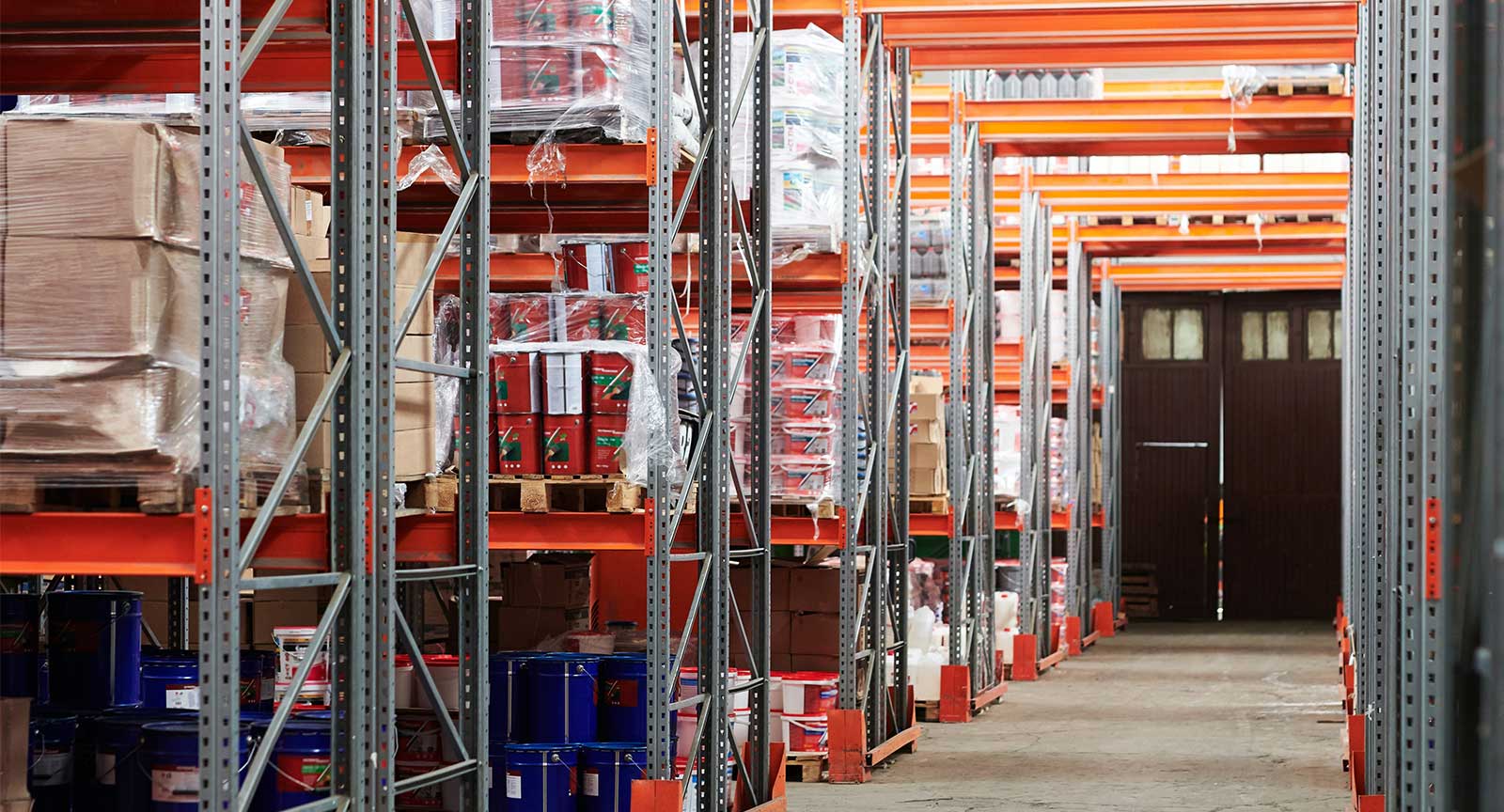Lithium and electric vehicles: navigating the complexities of recycling
While electric vehicles are emerging as the future of motoring, one question remains: how can we effectively manage the recycling of their lithium batteries? These energy reservoirs, true technological feats, pose unique challenges in terms of safety, efficiency and respect for the environment. From disposal to regeneration, each stage presents distinct risks. Dive into the heart of this issue and discover the key strategies for optimal battery management, a crucial challenge for electric vehicle factories and the planet. The automotive world is undergoing radical change. France, right at the heart of this revolution, has inaugurated its first battery factory. But with the mass adoption of electric vehicles, the risks associated with managing used batteries are increasing proportionately.
Understanding the challenges and risks of recycling lithium batteries
Lithium-ion, the main component of these batteries, offers both economic advantages and risks inherent in its extraction, use and disposal.
Lithium extraction has an impact on local ecosystems, and improper disposal can lead to fire hazards and leaks of dangerous chemicals. Each lithium battery that is taken out of service therefore needs to be carefully assessed to determine the level of risk it represents.
Principles of safe and efficient transport of lithium batteries
Transporting these batteries is no mean feat.
Transport accidents can release chemicals, damage infrastructure and even threaten lives. Hence the importance of containers specifically designed for these batteries, appropriate training for transport staff and clear emergency plans.
Specialist involvement in recycling optimisation
The complexity and potential dangers of lithium battery recycling require a high level of expertise.
In addition to their ability to identify inefficiencies, these specialists also assess vulnerabilities and anticipate risk scenarios.
In addition, emerging technologies could make it possible to recover more materials from used batteries, reducing the need to extract new raw materials and, consequently, the associated risks.
Waste recovery: innovation for recycling
As battery production increases, the management of the associated waste becomes paramount.
In this context, the éoltainer solution is an innovative response. Designed for short and medium-term operations, these mobile waste collection centres enable the selective collection and transportation of all types of industrial waste, whether liquid or solid.
Their use guarantees not only traceability of waste recovery, but also environmentally-friendly management.
What’s more, their adaptability makes them ideal for a variety of applications, such as wind farms, post-disaster response, construction and maintenance operations. This kind of innovation underlines the importance of combining technical expertise with pragmatic solutions to tackle the challenges of recycling in the modern age.
Electric vehicles represent the future of mobility, but their exponential growth requires rigorous management of the risks associated with their batteries.
By working closely with experts and investing in research and development, we can ensure that this future is not only electric, but also safe and sustainable.






